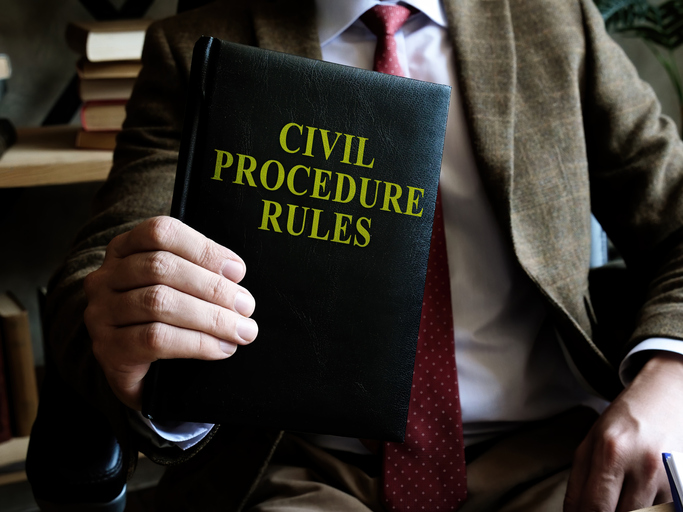Civil procedure is the bane of most 1L law students’ existence. Personally, I was far more interested in reading about the trains in Torts than I was learning the rules of civil procedure. At that time, I could not imagine writing a blog about the pleading standards of affirmative defenses, nor could I imagine how interested in such a procedural topic I would become. My civil procedure professor affectionately referred to the U.S. Supreme Court decisions in Twombly and Iqbal as the Twiqbal standard. In homage to Dean Charles Campbell, who cold-called me on day one, I will continue refer to Twombly and Iqbal as Twiqbal.
In 2007 and 2009 the U.S. Supreme Court heightened the requirements for pleading in a complaint.1 Unfortunately, the Twiqbal decisions did not address affirmative defenses. The fallout was a lack of guidance for the district courts. Did they apply the traditional standard of fair notice, or did they apply the heightened standard of Twiqbal, a short plain statement of the facts that is plausible on its face?
In 2019, Professor Brain Soucek of the University of California Davis School of Law and Remington Lamons examined the 925 times the courts examined the question.2 At the time of writing, 62% of courts refused to apply the heightened pleading standards to affirmative defenses.3
While the trend is to refuse application of the heightened standards of Twiqbal, this is not true across the country. Soucek and Lamons point to the Northern District of California that applies the heightened standard 92% of the time and to the Northern District of Illinois where the heightened standard is applied 91% of the time.4
This leads me to the unfortunate discovery I had while trying to determine the applicable standards in the Southern District of Texas. Decisions out of the Fifth Circuit tend to be contested. Recently the trend is to not apply the heightened standard.5 However, these cases cite to Woodfield v. Bowman,6 a 1999 Fifth Circuit case that predates the Twiqbal standard. This case states an affirmative defense only has to give plaintiffs fair notice. However, the Fifth Circuit further stated “[a]n affirmative defense is subject to the same pleading requirements as is the complaint.”7 This would suggest affirmative defenses are subject to the same plausible pleading requirement of a complaint set forth in Twiqbal.
In first-party property insurance, almost every answer that is filed in response to a complaint will contain affirmative defenses. When moving to strike it is important to know what standards your court is going to apply. By way of example, an affirmative defense could read “Plaintiff’s damages are due to Plaintiff’s own negligence.” This may be enough to pass muster under a jurisdiction that applies the fair notice standard, however, it will not be sufficient under the Twiqbal standard.
Unfortunately, Federal Courts across the country continue to apply different standards to affirmative defenses. The omission of either limiting the plausibility standard to the complaint or extending the same to affirmative defenses has made pleading requirements for defendants clear as mud. As such, the only advice I can give is to ensure you carefully look at the district court you’re filing in and perhaps also the judge – if they’ve decided on the issue – and try to follow the precedent.
____________________________________________________
1 Bell Atlantic Corp. v. Twombly, 550 U.S. 544 (2007), and Ashcroft v. Iqbal, 556 U.S. 662 (2009).
2 See Brian Soucek & Remington B. Lamons, Heightened Pleading Standards for Defendants: A Case Study of Court-Counting Precedent, 70 ALA. L. REV. 875, 891 (2019).
3 Id.
4 Id. at 893.
5 See LSREF2 Baron, L.L.C. v. Tauch, 751 F.3d 394 (5th Cir. 2014); Garrison Realty, L.P. v. Fouse Architecture & Interiors, P.C., 546 Fed. App’x 458 (5th Cir. 2013); McNeely v. Trans Union LLC, No. CV H-18-849, 2019 WL 338127, at *1 (S.D. Tex. Jan. 28, 2019).
6 Woodfield v. Bowman, 193 F.3d 354 (5th Cir.1999).
7 Id. at 362.





